Search

Carbon to Nitrogen Ratio of Healthy Soils
The ratio of carbon to nitrogen in the soil is essential for soil biochemical functioning. Learn some expert tips on managing soil to create an ideal ratio of these critical elements.
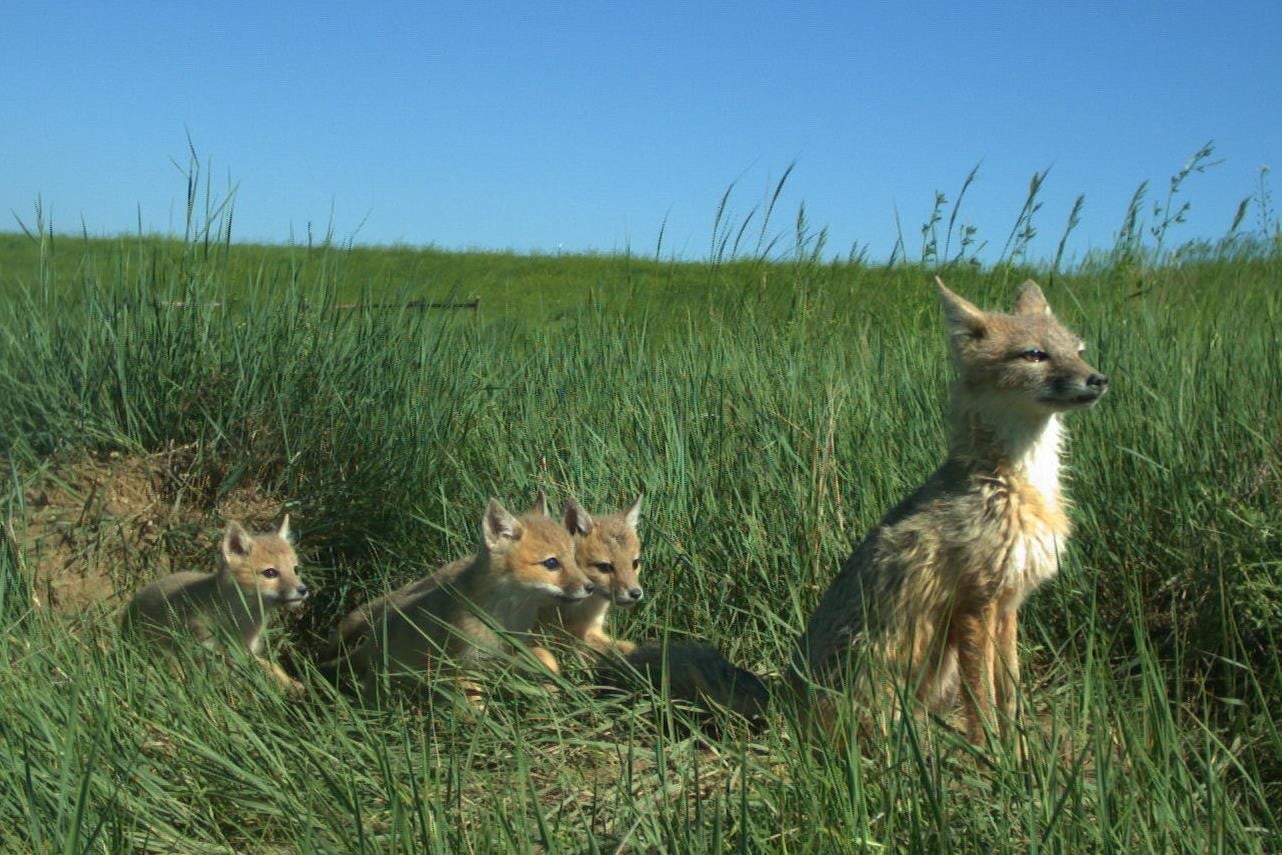
Swift Fox Status on South Dakota’s Grasslands
The swift fox (Vulpes velox) is a small fox native to the short and mixed-grass prairies of the Great Plains. In 2014, I began my master’s research at South Dakota State University monitoring the population of swift foxes around Badlands National Park in southwestern South Dakota. This population has recently declined, possibly due to various biotic and abiotic factors.
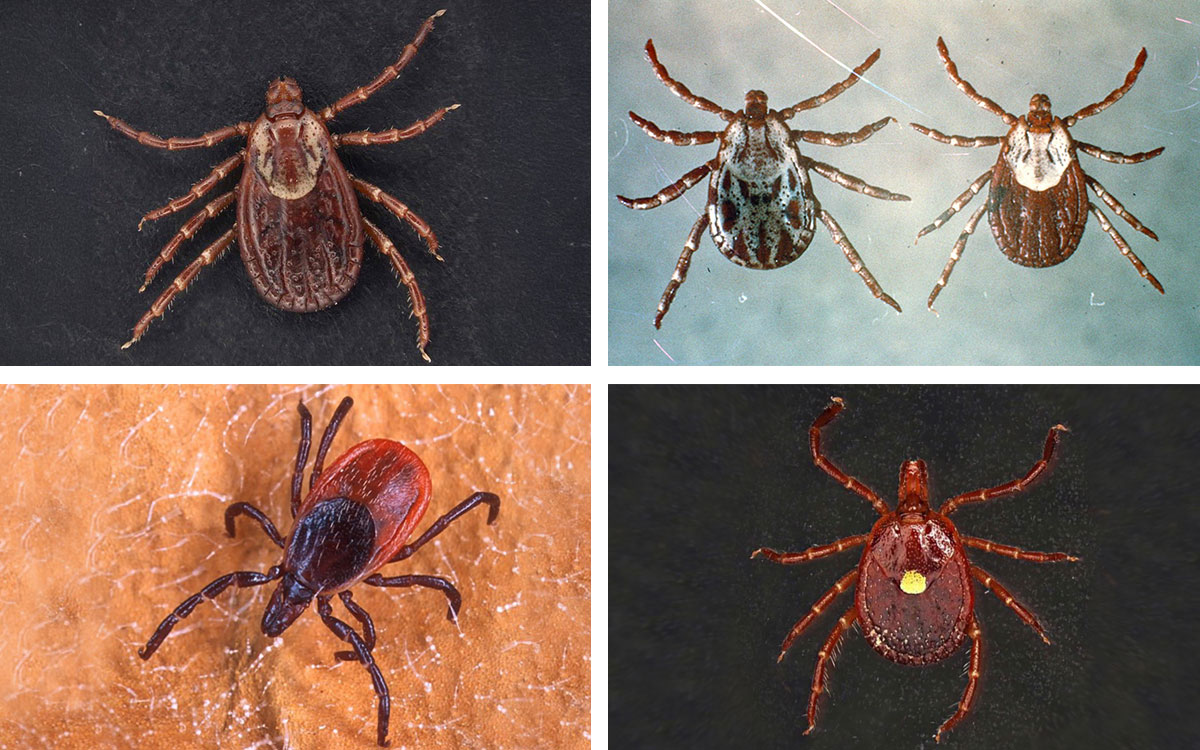
Spring is here, and so are the ticks!
As spring continues to bloom, more arthropods will begin to emerge from winter dormancy. Ticks are among the first to appear, and statewide reports have already been flowing in.
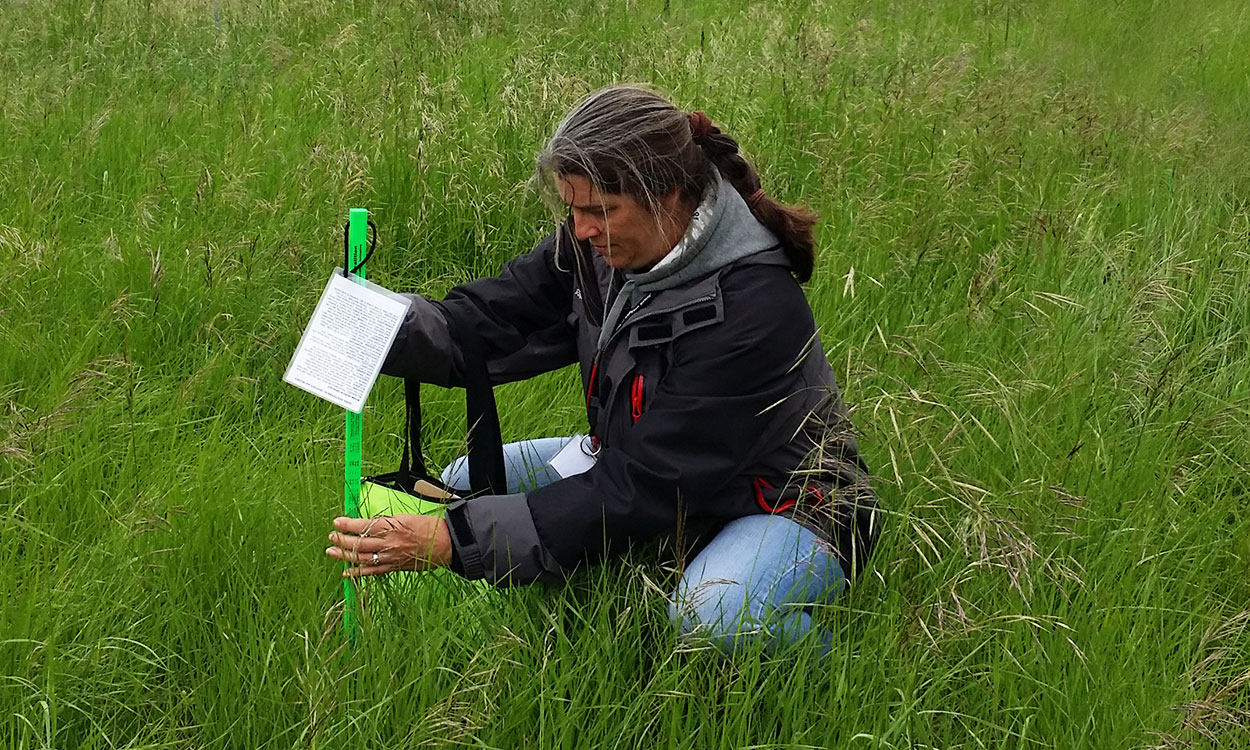
Using the ‘Grazing Stick’ To Assess Pasture Forage
Assessing pasture forage is a key step in planning grazing strategies. A grazing stick is a tool that uses simple math and measurements to determine herd size, stocking rates and available grazing days. We will address how to use a grazing stick in this article.
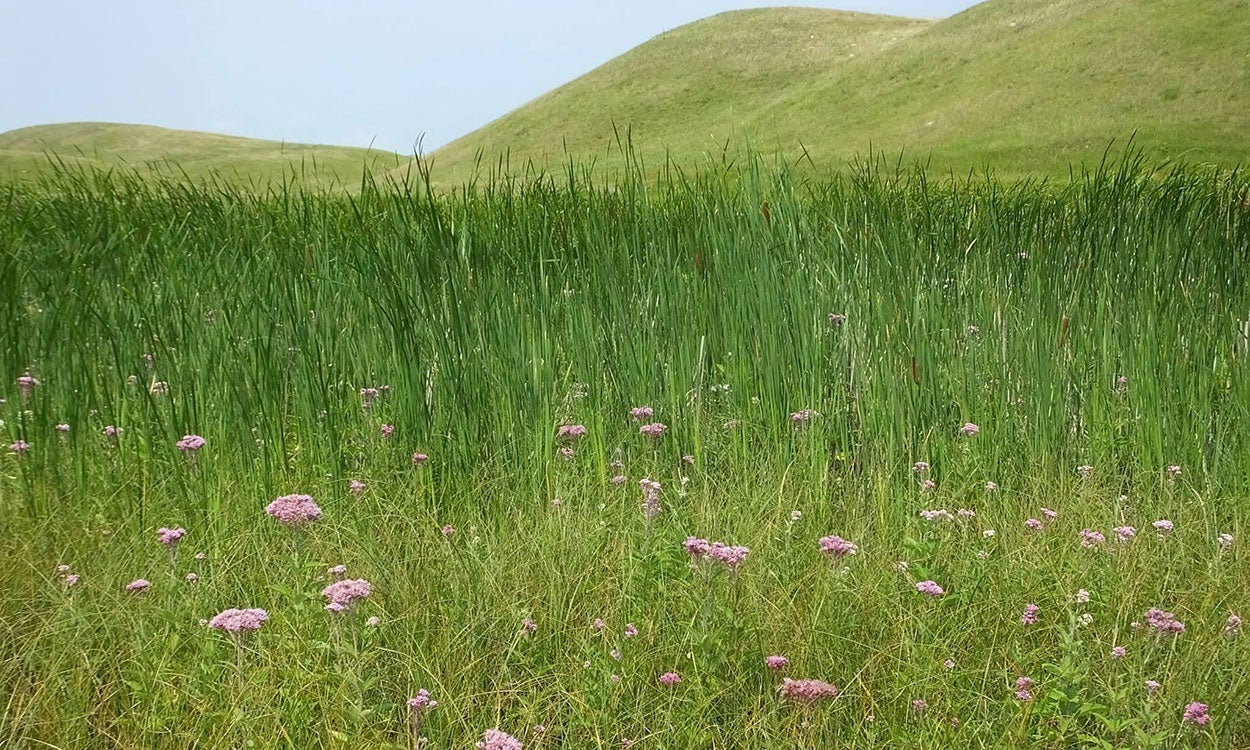
Understanding Grassland Terminology
Before learning the best practices of grassland management, it's important to know some of the common terminology used in the land management and conservation arena.
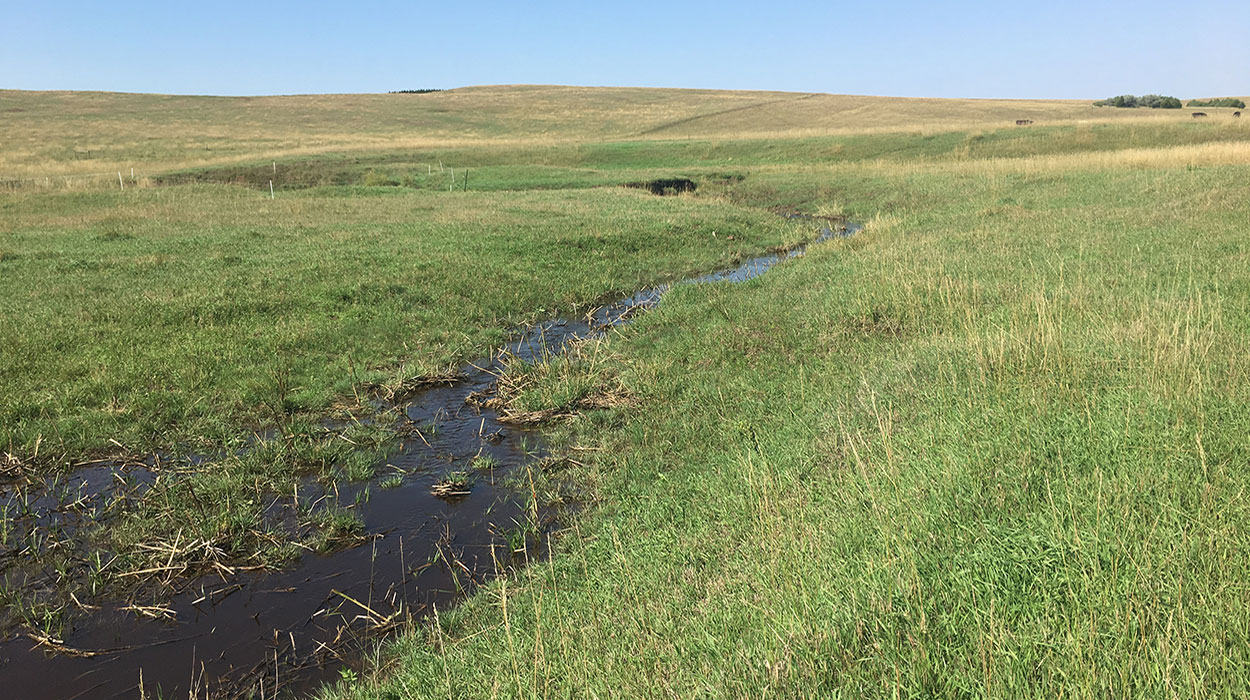
Be Careful Grazing the Green this Fall
With fall grazing on the horizon, nearly all of South Dakota is still experiencing drought conditions. Regardless of where your ranch is located, a rancher must be very careful when grazing the fall green-up of cool-season grasses.
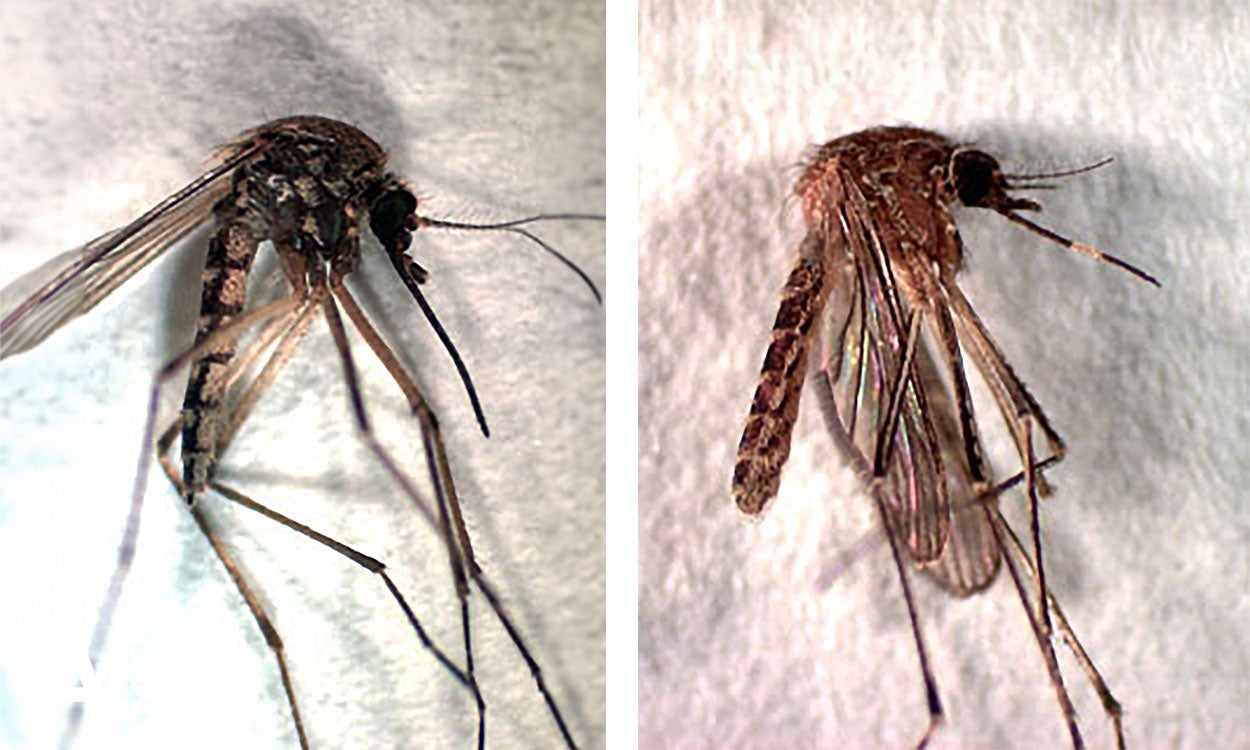
Mosquitos to Watch for in South Dakota
After many areas in South Dakota experienced heavy rainfalls, mosquitos are now a major issue. Learn which species are most common throughout the state and which carry the highest risk for West Nile Virus.
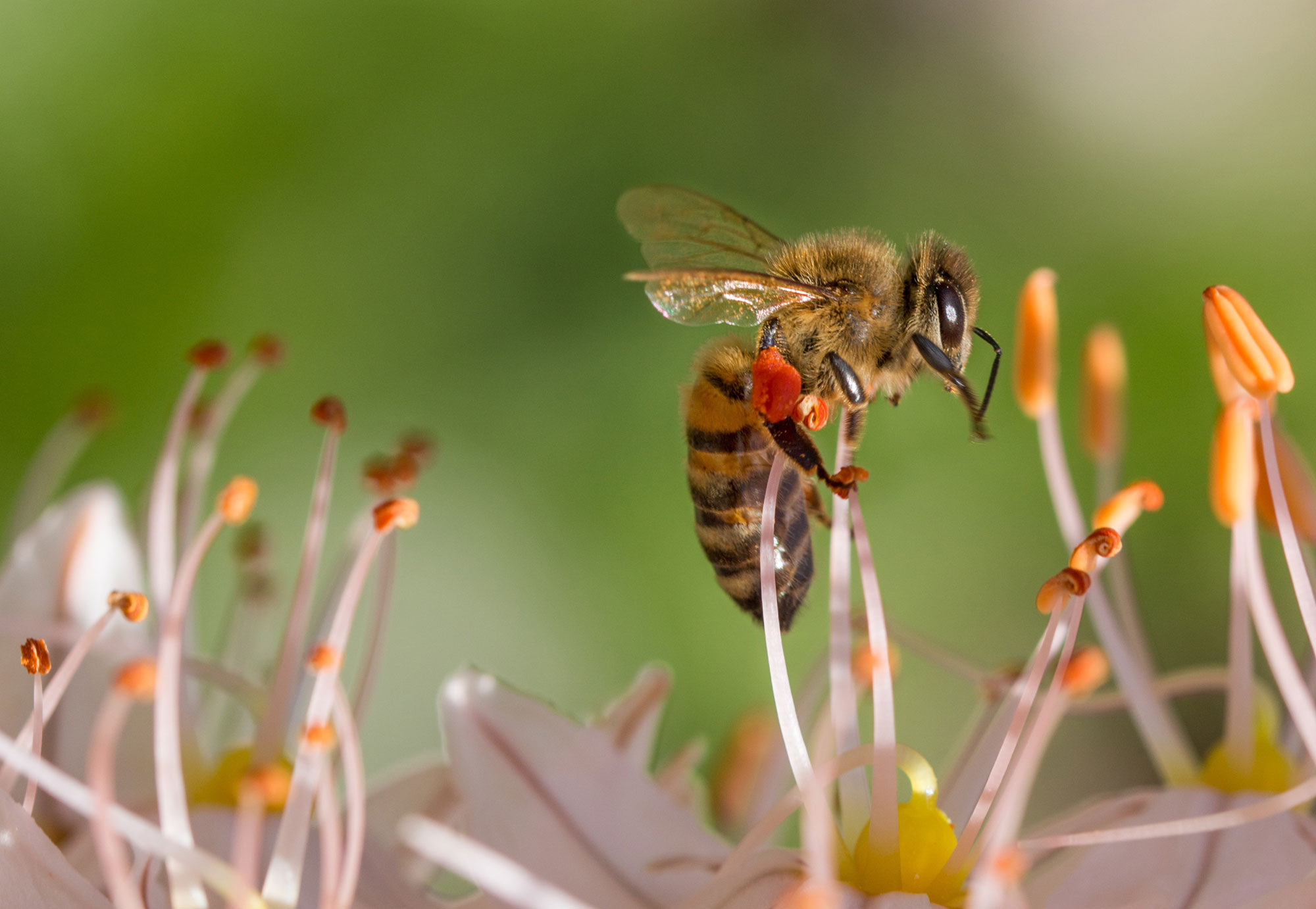
Pollinators Party
In this lesson, participants will learn how plants reproduce and how to identify pollinators that help plants.
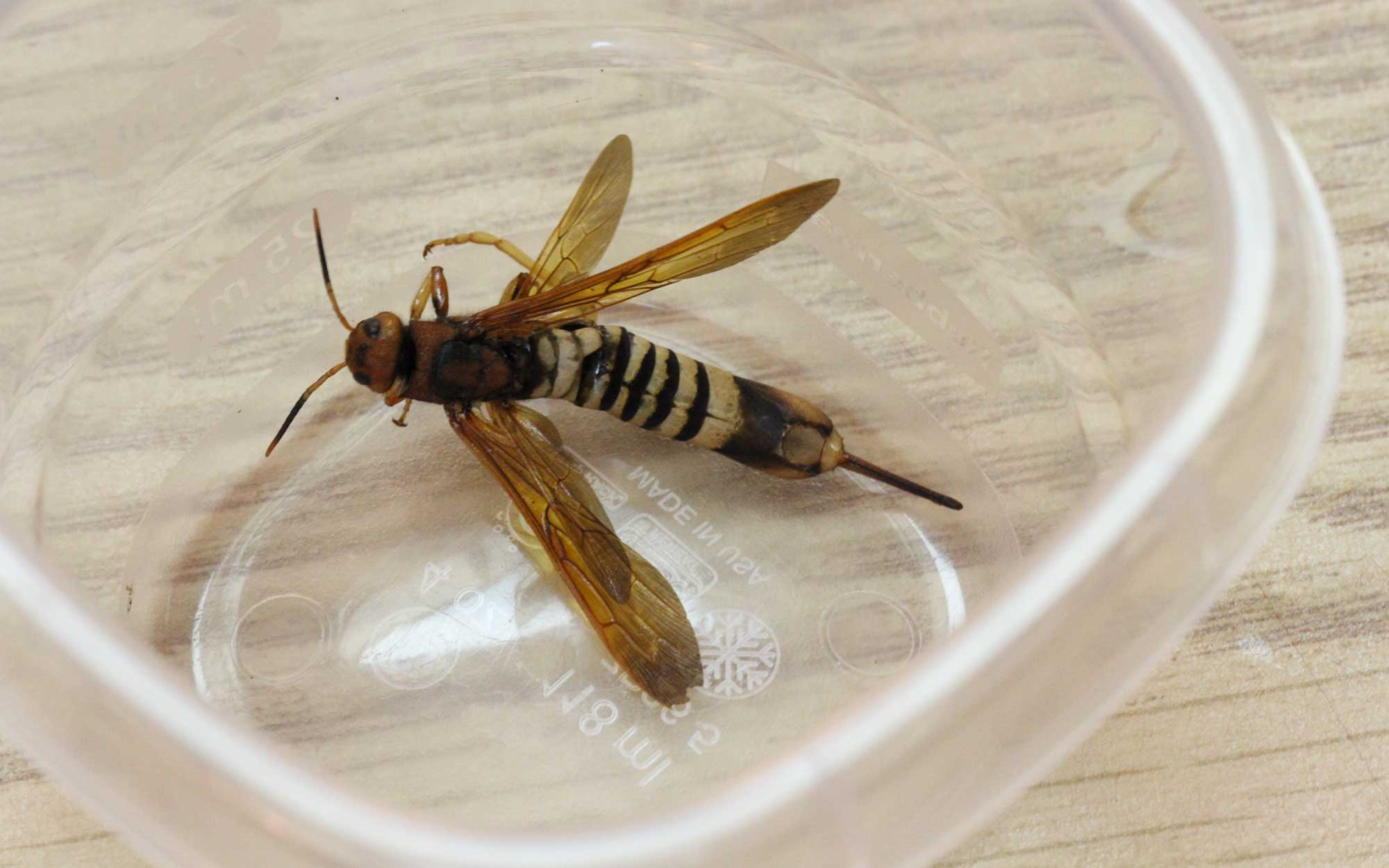
Huge Wasps on My Tree! No, Those Still Aren’t Murder Hornets.
Another insect that has been mistaken for the Asian giant hornet (also known by its media-popularized name of ‘murder hornet’) is the horntail wasp. Horntail wasps are wood-boring insects that are harmless to humans, as they do not have venom and cannot sting.

SDSU Extension Continues Outreach Efforts During COVID-19 Pandemic
April 03, 2020
While offices throughout the state are closed, SDSU Extension experts remain available remotely and encourage the public to reach out to them via email or by phone.